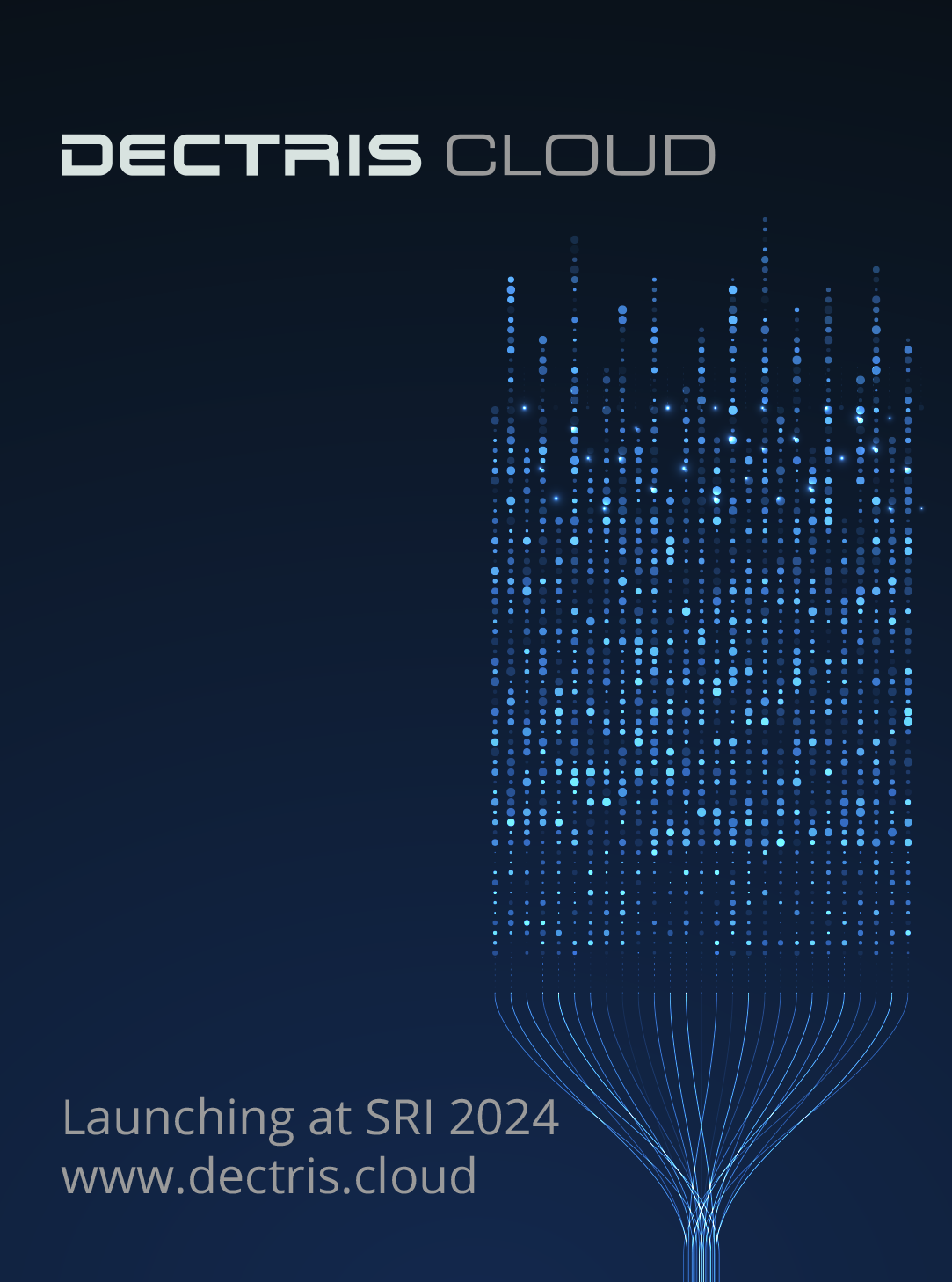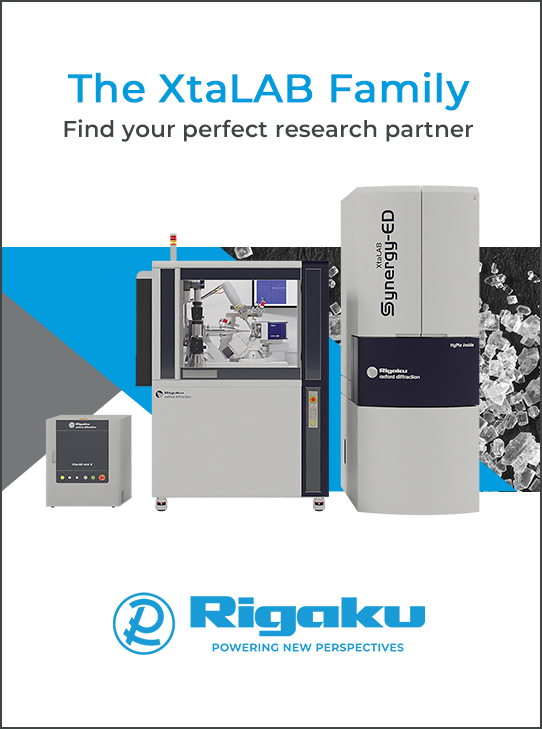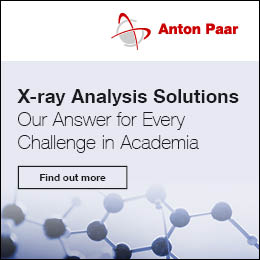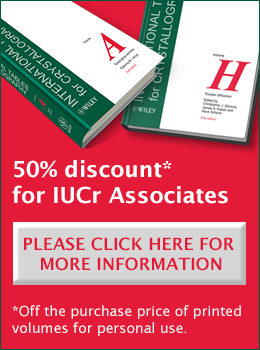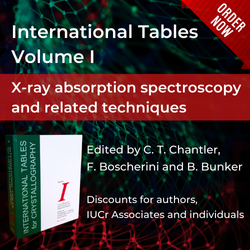


Meeting report (IUCr supported)
ACA2024 Meeting
![thumbnail [thumbnail]](https://www.iucr.org/__data/assets/image/0005/159458/thumbnail.jpg)
The 2024 American Crystallographic Association (ACA) Annual Meeting was held from 7-12 July 2024, at the Denver Marriott Tech Center in Denver, Colorado. This gathering of structural science professionals, including researchers and industry experts, provided a vibrant platform for scientific exchange, networking and exploring the latest advancements in crystallography. With attendance surpassing 600, and more than 400 oral and poster abstracts submitted, the growing relevance of structural science was incredibly evident. The meeting brought together seasoned scientists and early-career researchers who engaged in diverse sessions, workshops and social events.
We are grateful to our members whose donations have supported the ACA student travel grant, and we extend our thanks to the IUCr for their generous grant, both of which enabled us to award over 30 travel grants to early-career scientists, allowing them to attend and actively participate at ACA2024.
![[image1]](https://www.iucr.org/__data/assets/image/0006/159459/image1.jpg) From left to right: Catherine Drennan presents her keynote address, attendees engage with virtual reality in the exhibit hall, and workshop participants collaborate.
From left to right: Catherine Drennan presents her keynote address, attendees engage with virtual reality in the exhibit hall, and workshop participants collaborate.
A highlight of the meeting was the keynote address by Catherine Drennan, a prominent chemist and biochemist, who captivated attendees with her talk “Shake, Rattle & Roll: Capturing Snapshots of Proteins in Action”. Known for her passion for 'molecular storytelling', Dr Drennan shared insights into her laboratory’s use of X-ray crystallography and electron microscopy to capture enzymes in action, offering a remarkable glimpse into the molecular 'dances' that drive biochemical reactions.
Following the keynote, attendees gathered in the exhibit hall, where over 30 companies showcased products and services essential to structural science. Many of these exhibitors, including Thermo Fisher Scientific, Xenocs Inc., Rigaku Americas Corporation, DECTRIS Ltd, the American Institute of Physics, Bruker AXS, Quantum Detectors, Gatan, FEI Electron Optics BV (The Netherlands), Stoe Corporation, MiTeGen, SPT Labtech, Stoe Corporation, Crystal Growth & Design, Formulatrix, MiTeGen, the Hampton Research Corp., Waters|Wyatt Technology, Anton Paar, NanoSoft, LLC and Altos Labs, among others, also supported the meeting as sponsors, helping to fund speaker travel and other essential expenses.
![[image2]](https://www.iucr.org/__data/assets/image/0007/159460/image2.jpg) From left to right: the IUCr2026 booth distributing congress materials, the ACA Council in session, and a view of one of the session rooms.
From left to right: the IUCr2026 booth distributing congress materials, the ACA Council in session, and a view of one of the session rooms.
The exhibit hall also featured a booth spotlighting the 27th Congress and General Assembly, to be held in Calgary, Alberta, Canada, from 11-18 August 2026. Hosted by the ACA, the Canadian National Committee for Crystallography (CNCC) and the US National Committee for Crystallography (USNC/Cr), the booth showcased exciting plans for the Congress in Calgary’s vibrant setting.
ACA2024 hosted over 30 sessions covering a number of diverse structural science topics and five highly attended workshops, including Workshop 1: Advanced Structure Refinement with Olex2 & NoSpherA2; Workshop 2: Applications of Small Angle Scattering to Structural Biology: an Introduction; Workshop 3: Hands-on CryoEM Sample Preparation & Data Collection using CryoEM Merit Badges; Workshop 4: Simple & Advanced Single Crystal X-Ray Structure Refinement using ShelXle; and Workshop 5: Crystallographic & Cryo-EM Structure Solution with Phenix.
The Young Scientist Interest Group (YSIG) played an active role in supporting early-career researchers, organizing a mixer and the popular Three Minute Thesis (3MT) competition. This competition challenged young scientists to present their research in three minutes. Manju Ojha from the University of Maryland, Baltimore County, claimed first place with her presentation “Structure of saguaro cactus virus 3′ translational enhancer mimics 5′ cap for eIF4E binding”. Nicholas Bragagnolo from York University earned second place for his talk “TraG-edy to Triumph: How Challenges in Crystallisation Efforts of TraG led to Success”. In third place, Chhandosee Ganguly from the University of Oklahoma presented “Simple Techniques to Improve Particle Distribution and Data Quality for Dynamic Protein-Nucleic Acid Complexes”.
![[image3]](https://www.iucr.org/__data/assets/image/0008/159461/image3.jpg) From left to right: attendees board the bus after the YSIG mixer, poster presenters receive awards at the banquet, and ACA President Allen Oliver addresses the audience.
From left to right: attendees board the bus after the YSIG mixer, poster presenters receive awards at the banquet, and ACA President Allen Oliver addresses the audience.
Beyond the scheduled early-career activities, the week was filled with engaging moments. Games unfolded spontaneously in the lobby, and one evening, an impromptu karaoke session infused a conference room with lively energy. Also, in a touching instance of mentorship, a young attendee sat captivated in the speaker-ready room as the seasoned presenter Larry Andrews rehearsed his slides. The young attendee stayed, drawn into Larry's presentation, as he graciously delivered his entire lecture just for this engaged listener.
Demonstrating a continuing commitment to inclusivity, the ACA hosted a session on the #IAmRemarkable initiative, co-chaired by ACA members Sandra Gabelli and Callie Saeher, empowering participants to celebrate their achievements and counter societal norms that often discourage self-promotion, particularly among under-represented groups. The session fostered an environment of encouragement and confidence.
The ACA recognized outstanding contributions this year by awarding over 15 poster prizes, including the IUCr Pauling Poster Prize to Madeline M. Glennon, a graduate student from the University of Notre Dame, for her poster titled “Structural Elucidation of an RNA Triple Helix in Complex with a Small Molecule”. Additionally, three major awards were celebrated: the Margaret C. Etter Early Career Award to Benjamin Frandsen of Brigham Young University, the M. J. Buerger Award to Thomas Albrecht-Schönzart from the Colorado School of Mines and the Bertram Eugene Warren Diffraction Physics Award to John Greeden of McMaster University.
![[image4]](https://www.iucr.org/__data/assets/image/0009/159462/image4.jpg) From left to right: attendees enjoying the banquet, a snapshot from the poster session, and the ACA Meeting Committee addressing guests at the banquet.
From left to right: attendees enjoying the banquet, a snapshot from the poster session, and the ACA Meeting Committee addressing guests at the banquet.
For a comprehensive look at the ACA2024 program, please visit the ACA website’s 'Past Meetings' page. Recorded sessions will soon be available on the ACA History Portal for further insights. The ACA extends heartfelt gratitude to the 2024 Meeting Committee, poster session co-chairs, session chairs, workshop organizers, speakers and exhibitors for making this meeting possible. And to every attendee, thank you for being part of this extraordinary global scientific community.
![[image5]](https://www.iucr.org/__data/assets/image/0010/159463/image5.jpg) From left to right: a spontaneous talk, new badges, and the 2024 SIG chairs kicking off preparations for the 2025 program.
From left to right: a spontaneous talk, new badges, and the 2024 SIG chairs kicking off preparations for the 2025 program.
Mark your calendars for our 75th Anniversary Meeting, happening 18-23 July 2025 at the Westin Chicago Lombard! In honor of this diamond anniversary, we will reflect on past meeting highlights, celebrate the field’s growth and recognize the remarkable contributions of our community. More details coming soon!
Copyright © - All Rights Reserved - International Union of Crystallography


